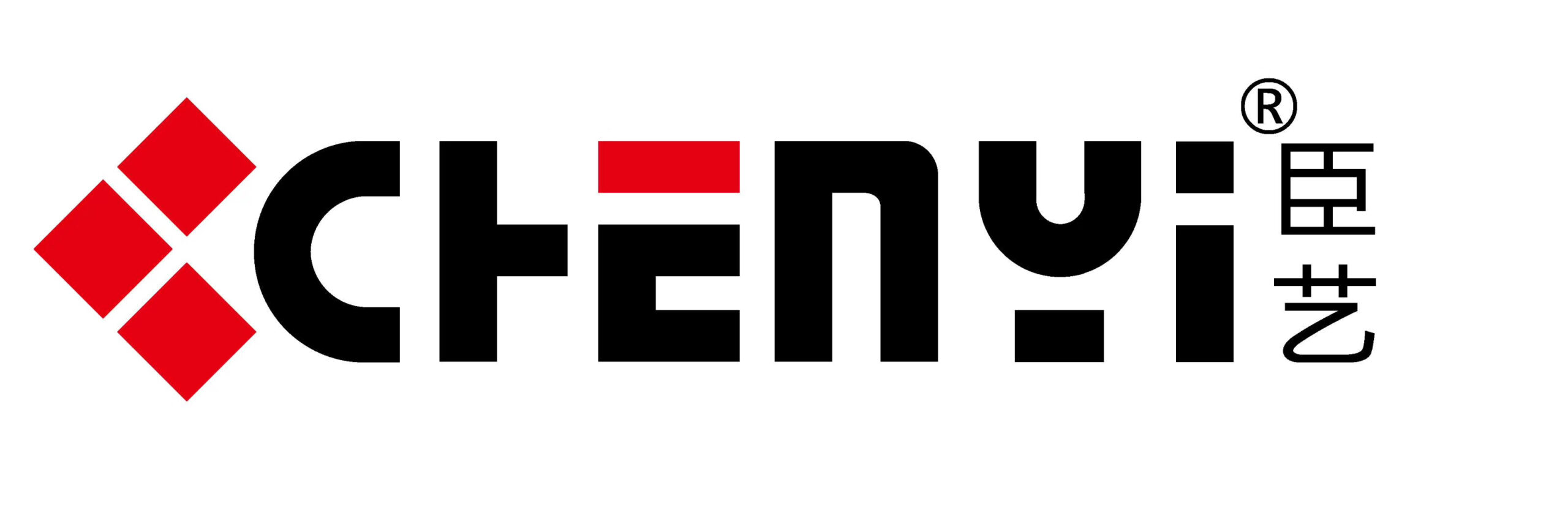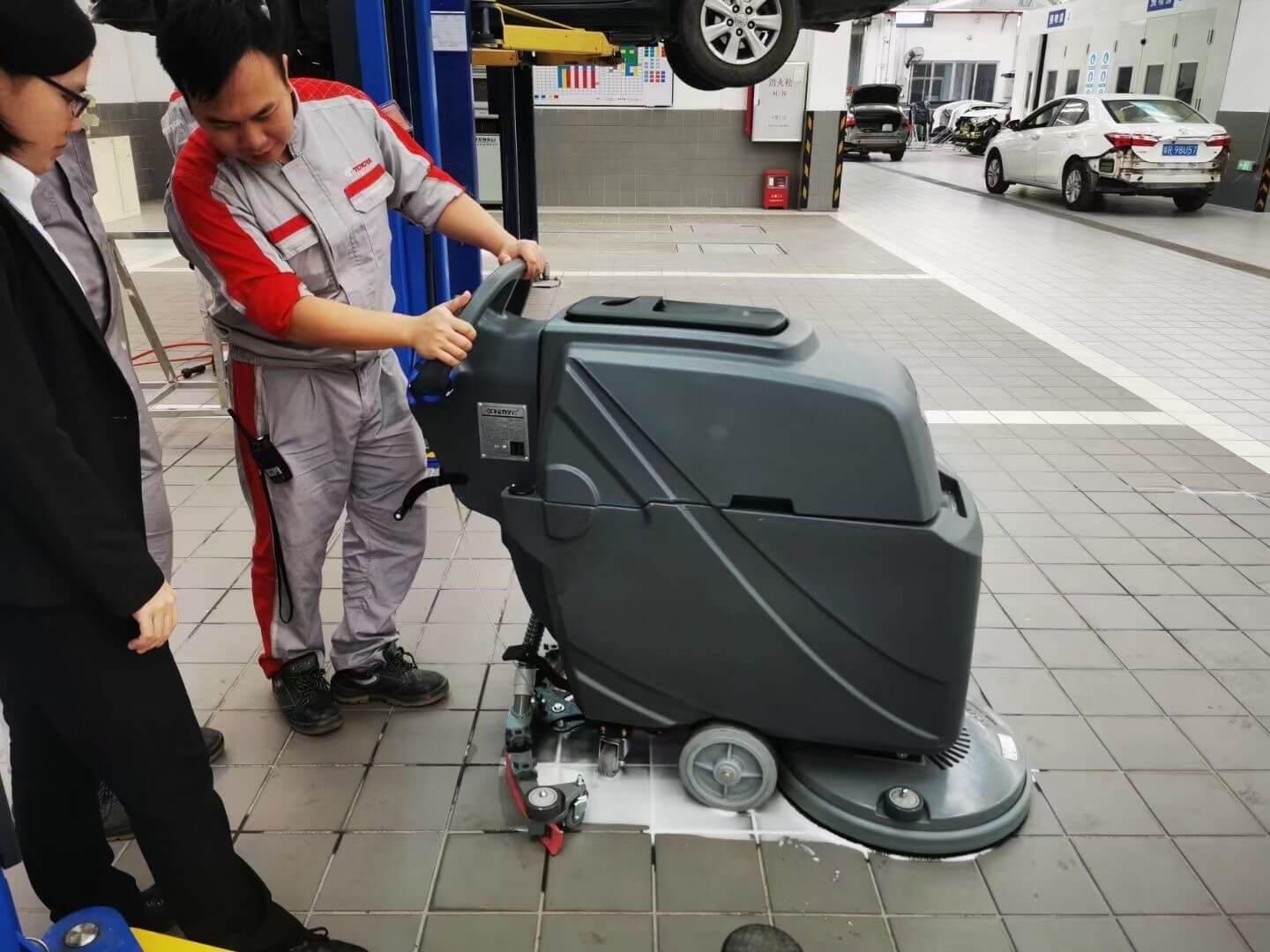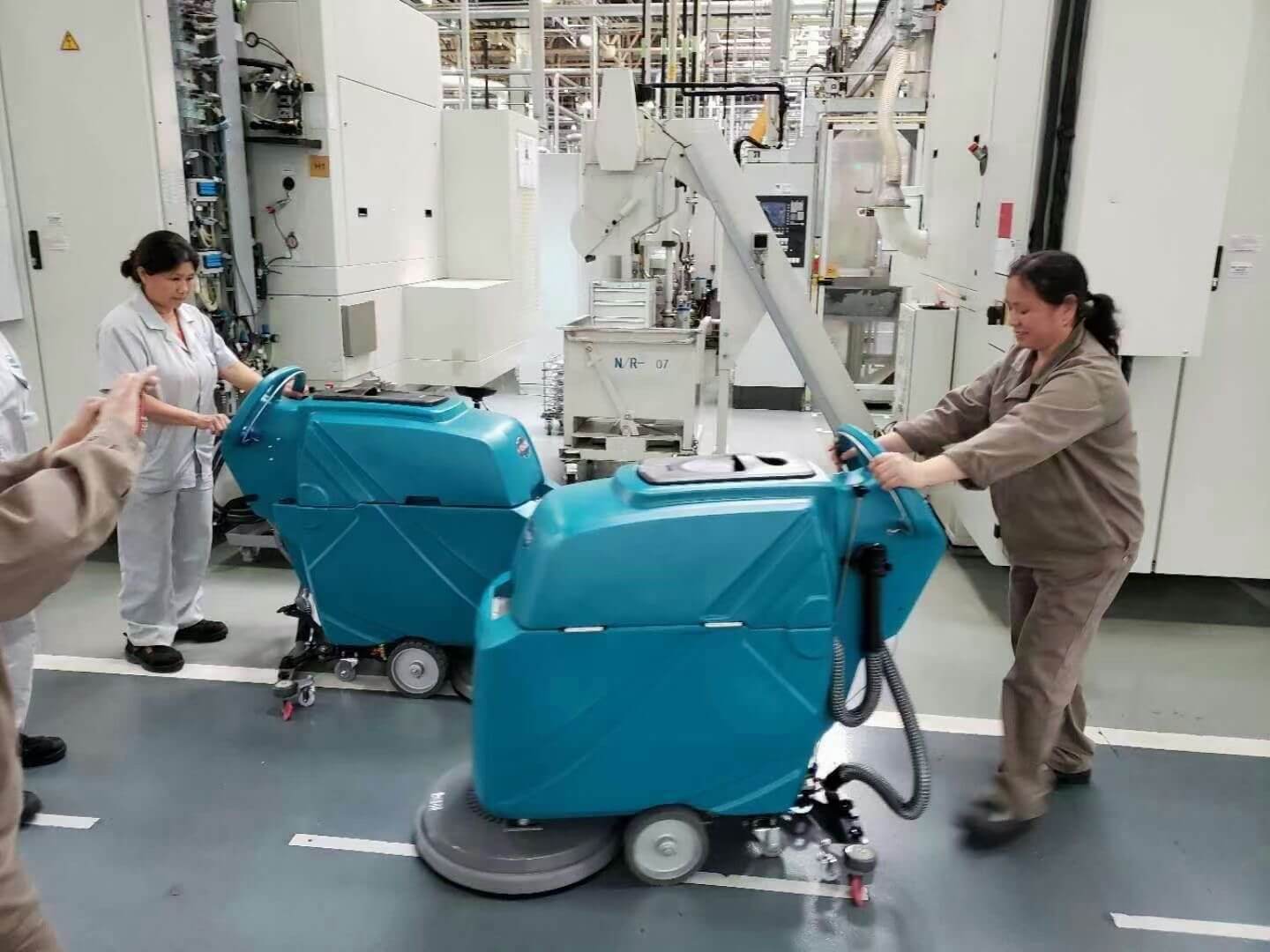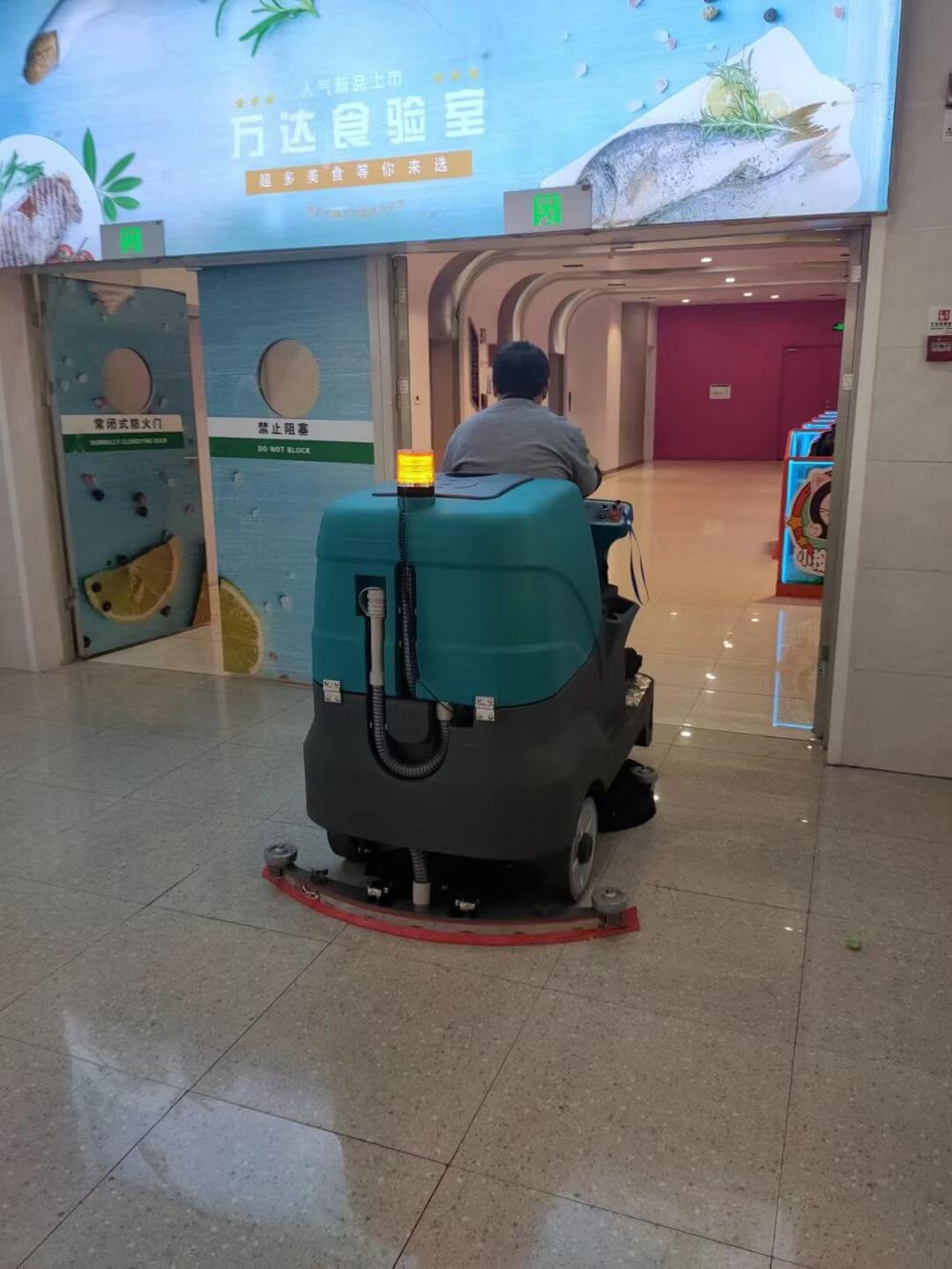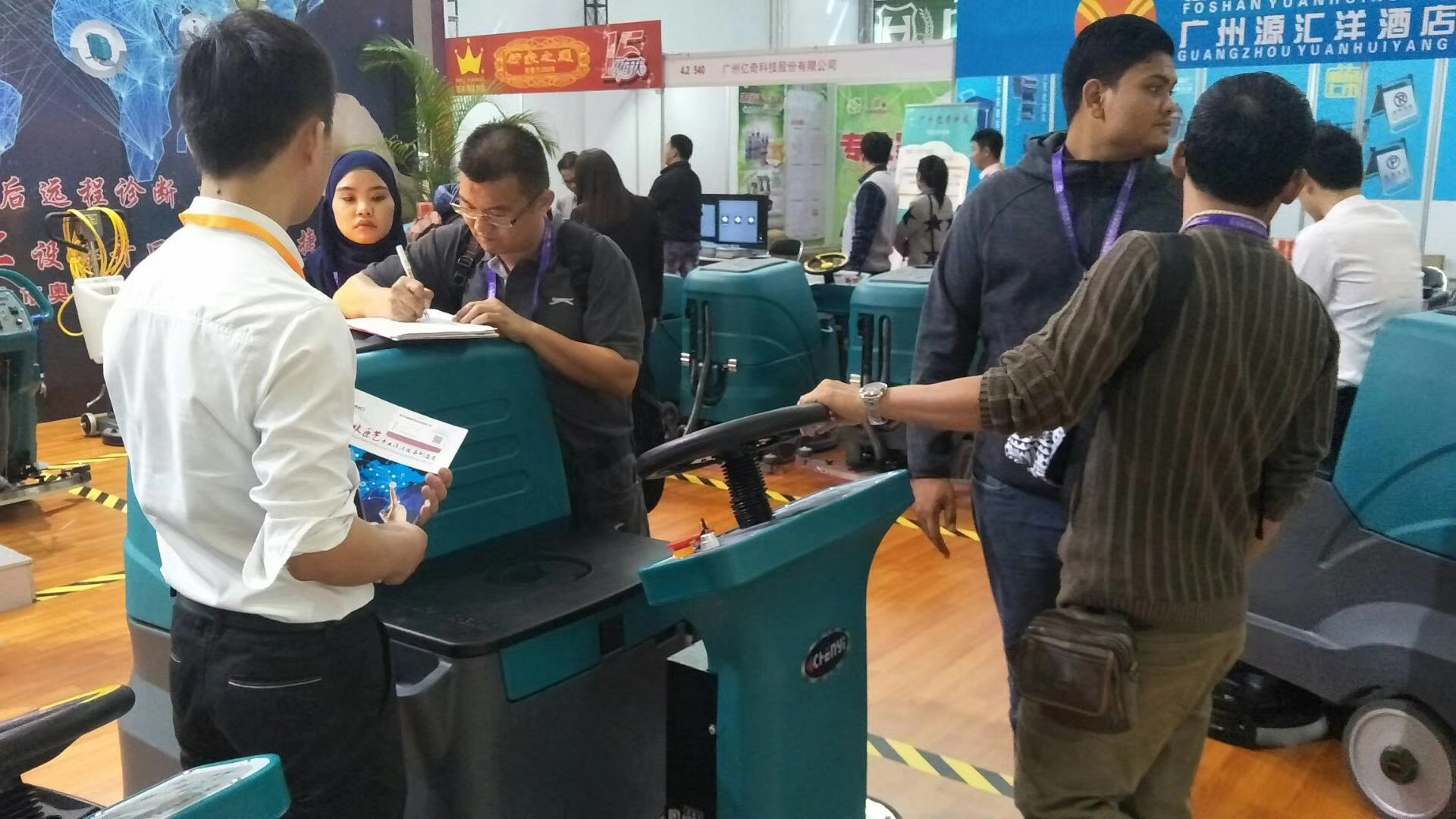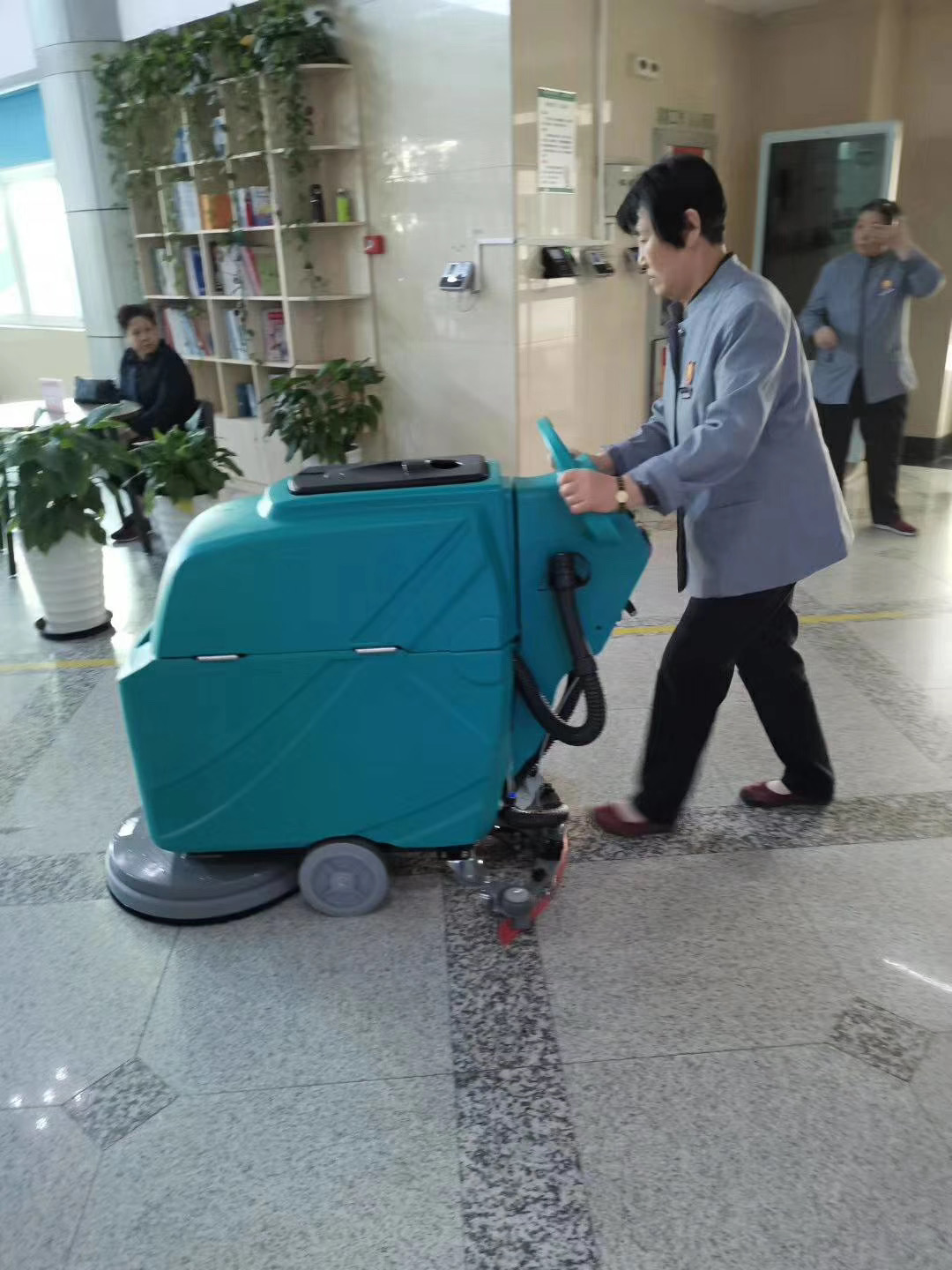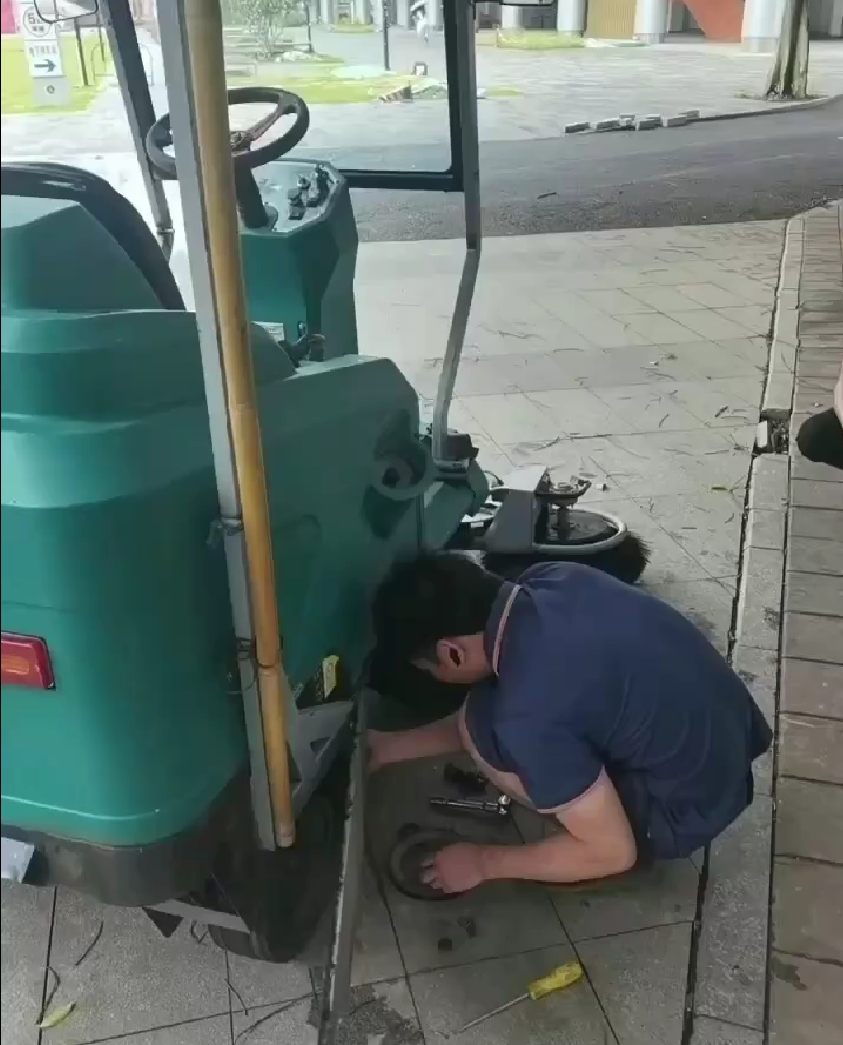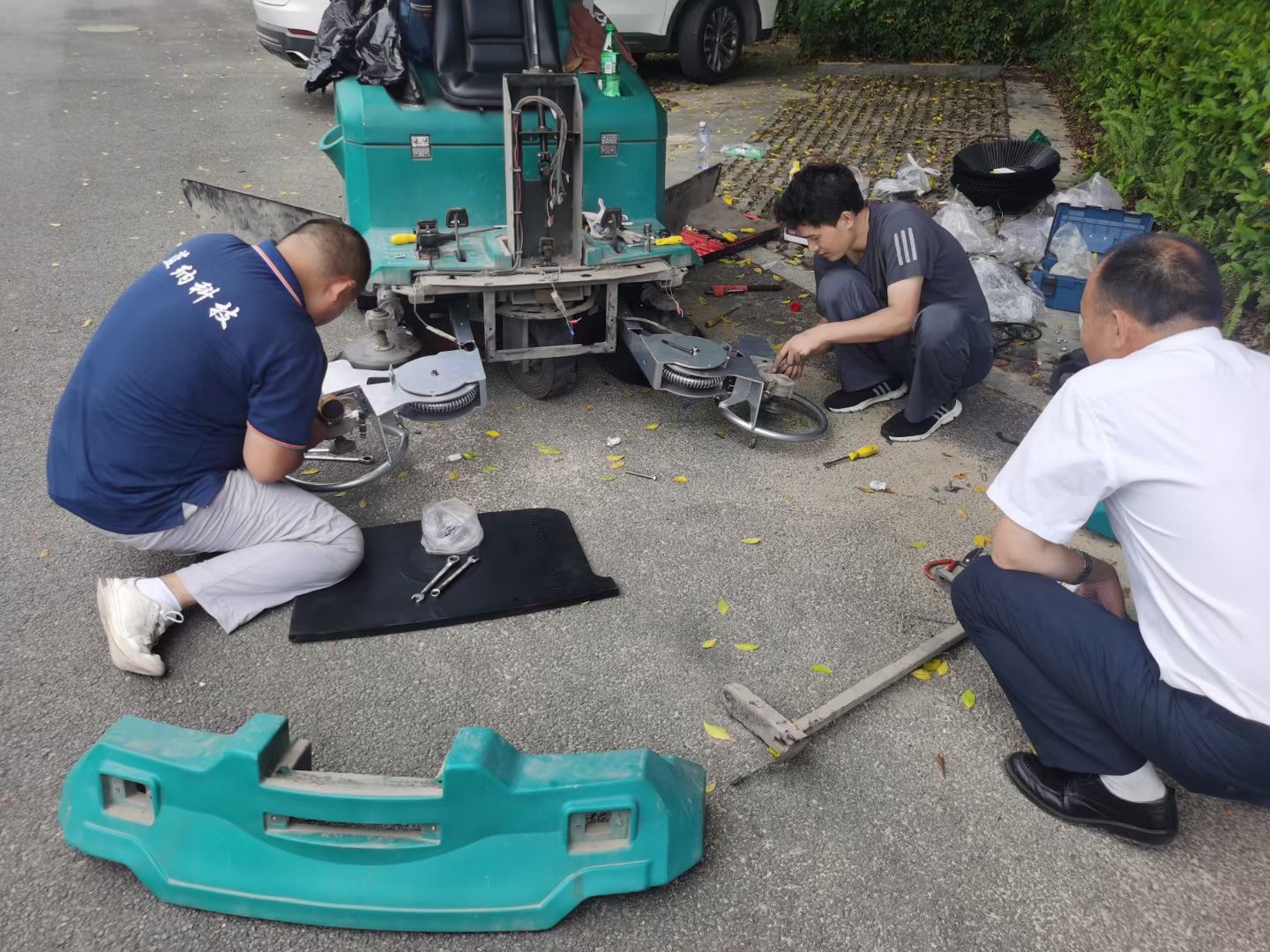Keep Your Cleaning Machines Running Smoothly – From Someone Who’s Been There
Introduction: Why Your Brush and Motor Matter More Than You Think
If you’ve ever stood next to a floor scrubber or sweeper that’s making weird noises—or worse, not moving at all—you know exactly how frustrating it can be. Trust me, you are not alone. Years ago, I was been reported by our customer who was operating a ride-on scrubber in the middle of a warehouse cleaning job when the brush just stopped spinning. No warning. No strange sounds. Just silence.
Turns out, it was a simple belt issue—but it cost them hours of downtime because they didn’t know how to diagnose it fast. That’s why I put together this guide—to help you avoid those mistakes, and to empower your team to confidently handle brush and motor troubleshooting without waiting for service calls every time.
Whether you’re a maintenance tech, an operator, or an operations manager, this guide will walk you through practical steps to fix common problems with brushes and motors on floor cleaning machines. Let’s dive in.

1. Brush Troubleshooting: Why Isn’t My Brush Spinning?
If the brush on your floor scrubber or sweeper isn’t turning, it can feel like your machine is just dragging dead weight. Here are some of the most common causes and how to fix them—quickly and safely.
🔧 Brush Not Spinning or Spinning Inconsistently
This is usually caused by one of the following:
- Loose or worn drive belt
- Faulty motor connection
- Electrical control board failure
- Debris jammed in the brush system
👉 Try This:
- Turn off the machine and disconnect power.
- Open the brush cover and check if the belt is intact or loose.
- Clear any debris wrapped around the brush axle.
- Test the motor wiring and connectors for signs of damage or corrosion.
🛠 Tip from Experience: A lot of people jump straight to replacing the motor—but 60% of the time, it’s a belt tension or debris issue. Always start with the basics.
🔧 Brush Worn Down or Making Noise
You might hear grinding, rattling, or scraping. This typically means:
- Brush bristles are unevenly worn
- Debris is lodged in the brush mechanism
- Brush plate is misaligned
👉 Try This:
- Inspect brush wear—if bristles are less than 10mm, it’s time to replace.
- Make sure brush is centered and securely locked into the deck.
- Check for bent components or cracked housing.
🔧 Cleaning Quality Has Dropped
If your floor looks the same before and after cleaning:
- Brushes may be spinning but not making full contact
- Water/chemical system may not be syncing with brush rotation
- You may be using the wrong type of brush for the surface
🛠 Pro Tip: Match your brush to your floor type—soft brushes for polished concrete, medium for general use, and aggressive brushes for rough surfaces like warehouse floors.

2. Motor Troubleshooting: Diagnosing the Real Power Behind Your Machine
Motors are the heart of any industrial cleaning machine. If the motor fails, the entire operation stops. Here’s how to diagnose, fix, and prevent common motor-related issues.
⚡ Motor Won’t Start
It’s scary when you flip the switch—and nothing happens.
Possible causes:
- Blown fuse or tripped breaker
- Faulty power connection
- Burnt-out motor coil
- Safety sensor triggered (e.g., low water, open lid)
👉 Try This:
- Confirm power is reaching the machine—test the outlet or battery.
- Check for tripped breakers or blown fuses in the panel.
- Test the motor coil with a multimeter for continuity.
- Inspect the onboard control board for any burn marks or loose terminals.
⚡ Motor Overheating
This one’s sneaky. You might feel the machine slowly losing torque—or smell something burning.
Likely culprits:
- Overloaded brush pressure
- Clogged airflow around the motor
- Old grease or lack of lubrication
- Worn motor bearings
👉 Try This:
- Reduce brush pressure settings and run a test cycle.
- Clean out air filters or vents near the motor housing.
- Check for dirt buildup around moving parts.
- Listen for whining or grinding—could signal bearing wear.
🛠 Pro Insight: A well-lubricated motor can last twice as long. We recommend checking lubrication every 150-200 hours of operation.
⚡ Motor Makes Strange Noises or Vibrates
This is often overlooked—until the motor seizes.
- Loose mounting bolts
- Unbalanced brushes
- Bearing wear
- Rotor misalignment
👉 Try This:
- Secure all mounting hardware.
- Run the machine with the brush deck raised—if the noise persists, it’s likely in the motor.
- Feel for unusual vibrations or heat spots on the casing.

3. Preventive Maintenance: The Secret to Long-Lasting Equipment
Most brush and motor problems don’t happen overnight—they build up slowly. That’s why routine maintenance is the best investment you can make.
Here’s a simple schedule you can follow (this is what we use in our facility):
| Task | Frequency | Tip |
|---|---|---|
| Inspect brush wear and alignment | Weekly | Rotate brushes for even wear |
| Clean under deck and around motor | Weekly | Use compressed air and a cloth |
| Check belt tension and motor bolts | Monthly | Look for cracks or wear marks |
| Lubricate motor bearings | Every 150–200 hrs | Use manufacturer-approved grease |
| Test electrical connections | Monthly | Look for corrosion or frayed wires |
🛠 Staff Training Is Key: We found that after giving our operators a 30-minute monthly workshop, downtime dropped by 40%. Empower your team.
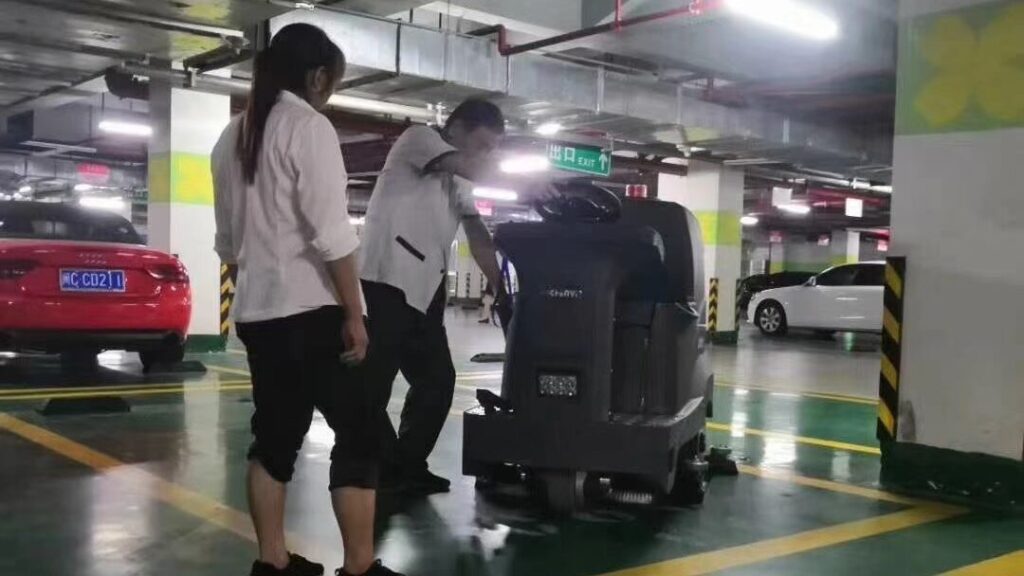
4. When to Call in the Pros
Sometimes, no matter how many checks you run, things still don’t work. Here’s when you should stop troubleshooting and bring in a professional:
- You’ve replaced parts and the issue still exists
- The motor smells burnt or has visible damage
- The machine is under warranty—don’t void it by DIY repairs
- You need original parts to meet safety or industry standards
📞 Remember: Quick fixes can lead to long-term damage. When in doubt, reach out.
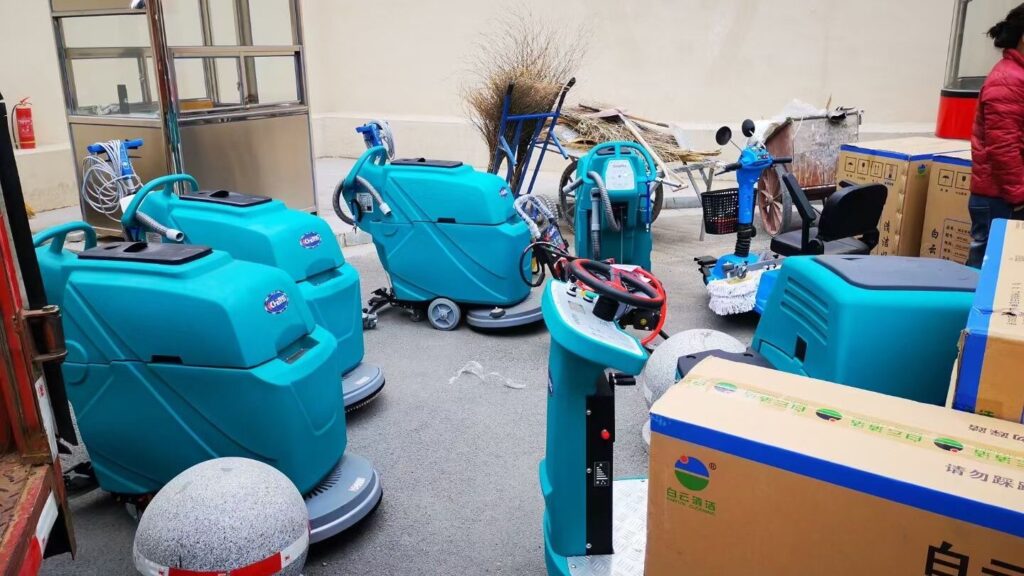
5. Final Thoughts: Keep Your Machines—and Your Team—Running Smoothly
You don’t need to be an engineer to keep your cleaning equipment running well. A little knowledge, a few simple checks, and a habit of regular maintenance can save you thousands of dollars a year—not to mention the frustration.
We’ve learned all this the hard way, through real-world experience in warehouses, hotels, malls, and hospitals. If this guide helped you—great. That’s why we wrote it.
But if you’re stuck, we’re here to help.
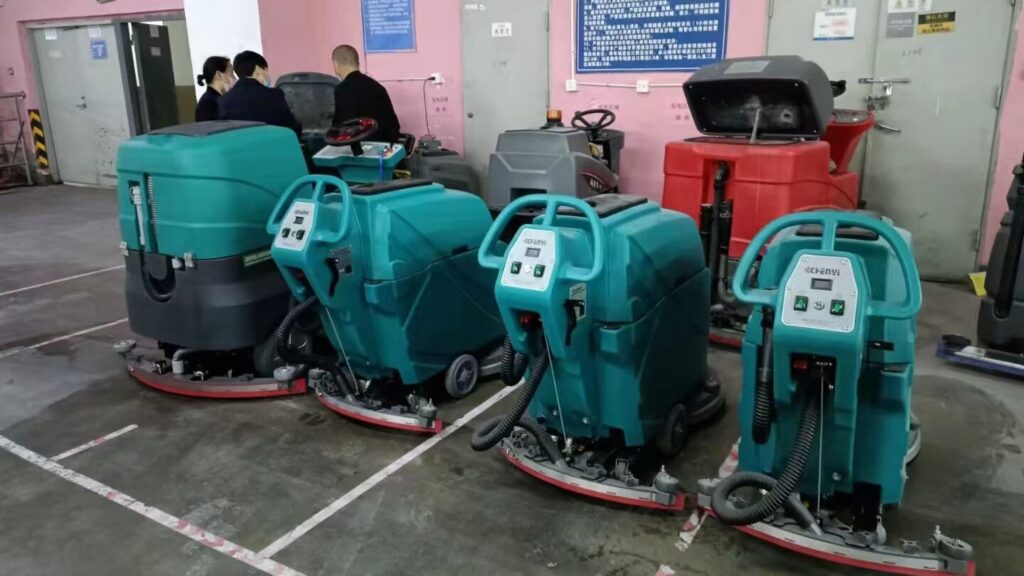
✅ Need Help? Here’s What You Can Do Next
💬 Talk to Our Experts
“If you’re still unsure or dealing with a complex issue, don’t hesitate. Reach out to our team—we’re here to guide you.”
🧰 Order Original Parts & Components
“We stock OEM brushes, motors, belts, and more for all major floor scrubber brands. Fast shipping, guaranteed fit.”
🛠 Schedule a Professional Maintenance Service
“Our certified technicians can perform onsite inspections and annual servicing to keep your machines in top shape.”
👉 [Click here to request a quote or schedule service]
👉 [Or give us a call directly – we’ll walk you through it]
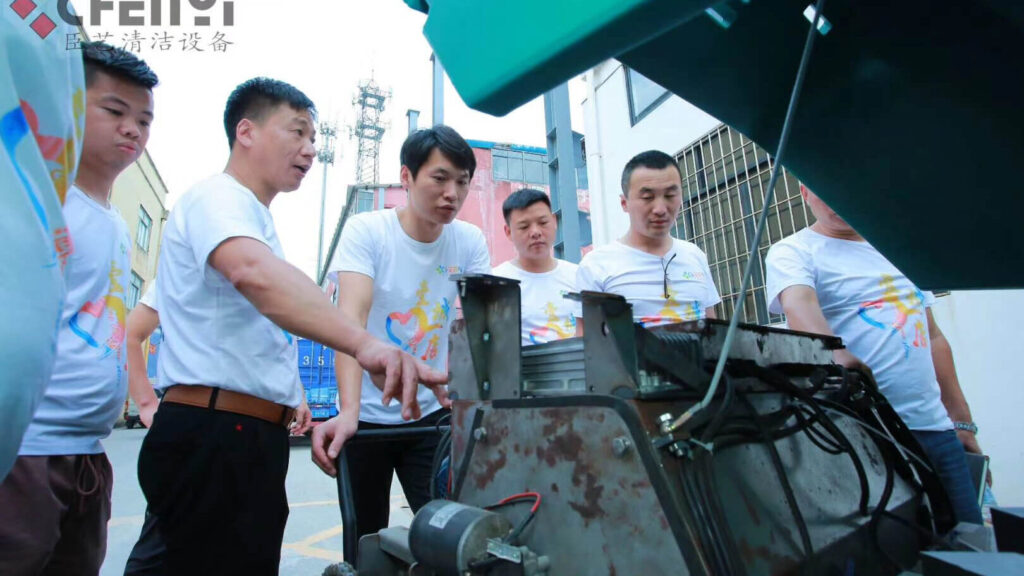
Frequently Asked Questions
Q: Why is my sweeper motor making a loud noise?
A: It could be loose bolts, unbalanced components, or bearing failure—shut it down and inspect immediately.
Q: How do I fix a floor scrubber brush that isn’t turning?
A: Start with the belt and debris check. If it’s clear, move to the motor and wiring. Don’t skip the simple stuff!
Q: What’s the lifespan of a motor or brush?
A: Brushes: 6–12 months depending on usage. Motors: 3–5 years with regular maintenance.
🔁 Share this Guide with Your Team
Everyone using your machines should read this. It saves time, money, and stress.
